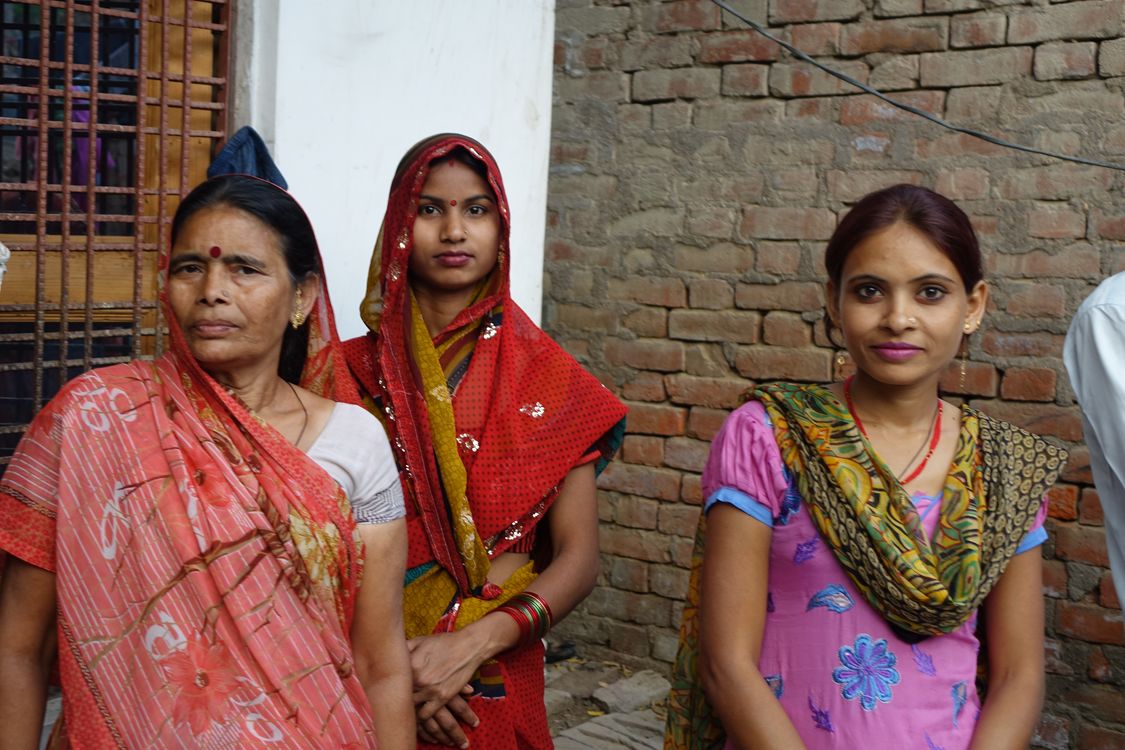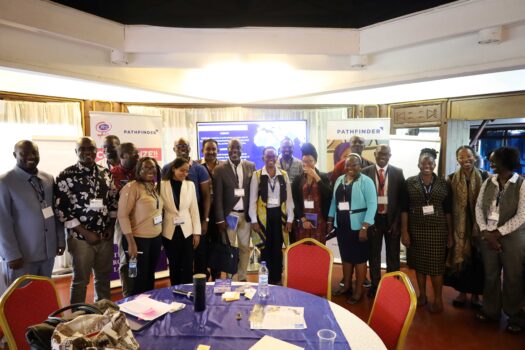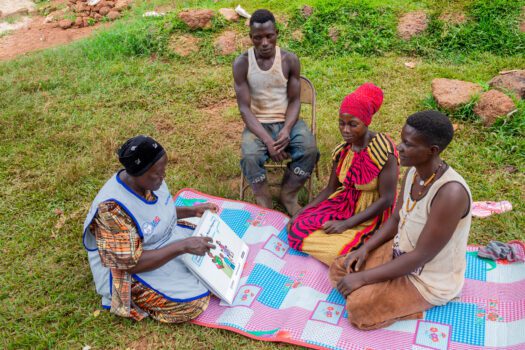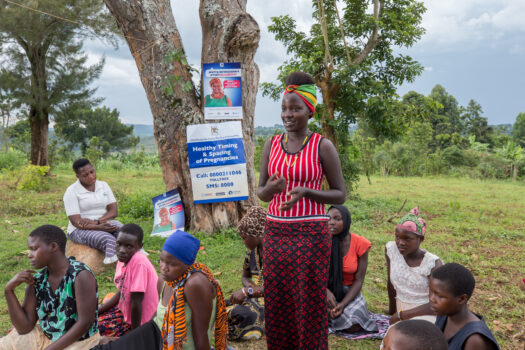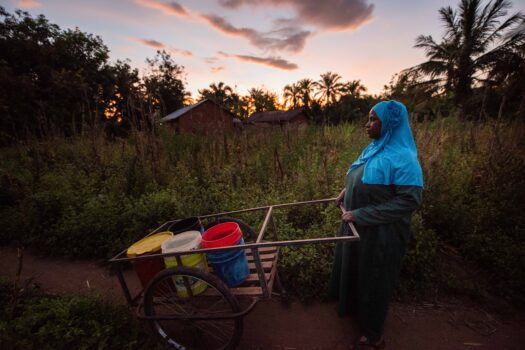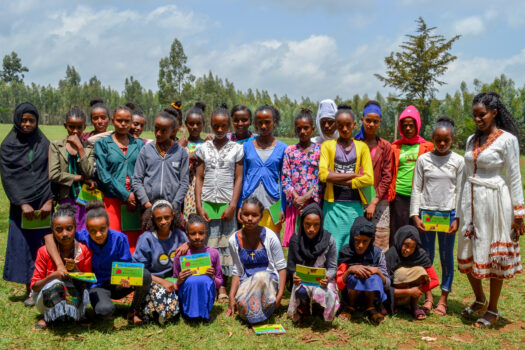What to look at when approaching family planning initiatives
Imagine relationships in a world without the internet, smartphones, or Google. Our minds immediately go to a world of old movies where carrier pigeons were the messengers of love! In today’s world of Tinder and other apps, imagine pursuing a romantic relationship without the internet—how does one swipe right at a pigeon?!
As public health professionals, another thing is unimaginable—a world where women and couples do not have the means to control their own bodies and their fertility. In the 1960s, the first modern contraceptive was introduced. In the years that followed, family planning programs have become to public health what dating applications are to modern day romance: essential.
Over the last 50 years, we have amassed a critical amount of knowledge about the barriers to, and levers for, promoting universal access to and demand for modern contraception. Last year, Busara Center for Behavioral Economics, in collaboration with Pathfinder, conducted a literature review to identify key barriers to uptake of family planning methods in low-and middle-income countries. The team identified 65 barriers across contexts that impede effective use of family planning among young married couples in India and other low- and middle-income countries.
With such widespread and accessible knowledge, one could argue that family planning research has become saturated. To readjust our lens and look at things from a different perspective, Pathfinder India and Busara conducted a qualitative assessment of Pathfinder’s Youth Voices for Agency and Access (YUVAA) Project. This new lens helped us learn three things.
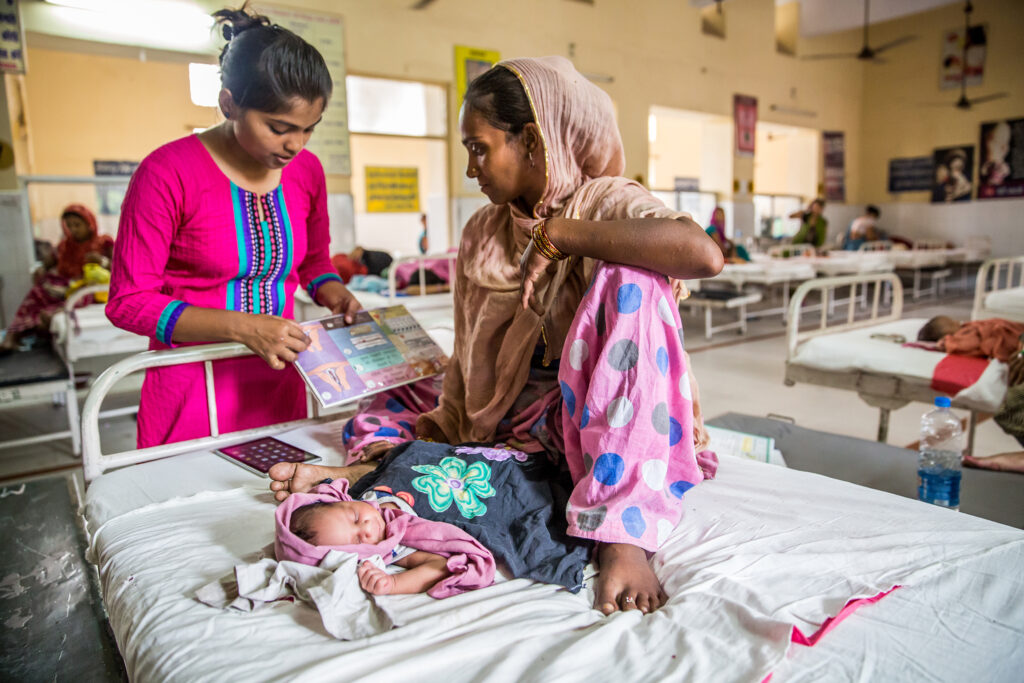
Family Planning
Quick Facts
- By 1998, there were family planning projects in 179 countries, with 99 percent of the world’s population.
- In 2019, 12 percent of total overseas development assistance (ODA) to Sexual and Reproductive Health Rights (SRHR) was received by family planning projects, amounting to $930 million USD.
Dissect the ‘norm bundle’
Family planning behaviors are deeply ingrained in the social fabric of Indian society and changing social norms around them is a critical component of any project focused on bridging unmet need. One method we often use is ‘norm nudging.’ Norm nudging is an approach where we show or tell people what other people in the community are doing, prompting them to perform the desired behavior.
In our research, we found that at times, norms conflicted. Healthcare workers, for example, would tell participants about couples who are using family planning, encouraging participants to mimic this norm. But family members of participants would promote the norm of having children at the ‘right time,’ discouraging contraceptive use among participants. These conflicting norms make it hard to ‘sell’ role models when the norms seem ambiguous.
We need different strategies when those practicing the desired behaviors are in the minority. One option? Position those in the minority group as aspirational. A second approach is to place the desired behaviors at the front of people’s minds and environments. YUVAA’s ‘Safal Couple’ illustrates family planning as the lifestyle choice of an ideal couple.
Finally, there is a need to understand the other levers available, such as YUVAA’s community empowerment approach. Norm illustration alone isn’t enough; we need community support to build on norm change.
Learn from the past
Family planning entails one of three approaches: delaying, spacing, or limiting births. In our research, we found that couples and families understand, and accept, limiting and spacing for family planning. Many couples and society at large, however, do not accept delaying the first child. Couples continue to face social pressure from their families to have the first child immediately after marriage.
Why have some family planning behaviors been normalized, while others continue to remain stigmatised? Potentially, the same arguments that support spacing, including economic benefits, health of the mother and child, and relationship building between couples, should hold true for delaying children. Yet, norms around delaying continue to be a more persistent barrier. Couples, especially women, face strong social sanctions for delaying the first child as people question their fertility. And, after the first child, couples often receive more agency within the family as they are seen as having fulfilled their “duty,” allowing them to practice independent decision-making for spacing.
So how should policymakers approach this challenge? Looking at the evolution of limiting and spacing can help answer this question. Behaviors and norms around limiting and spacing faced similar challenges, but over the years, policy efforts have shifted perceptions. At a time when families were having five to six children, a national government campaign called “Hum Do Humare Do” (translated We Two and Our Two) was instrumental in anchoring norms of having two children as the desired family size. The family planning ecosystem has also been strongly advocating for the health and economic benefits of maintaining a gap of three years between children. Thus, with time and concerted policy efforts, it is possible to normalize and change perceptions and preferences around highly stigmatized practices. Program designers need to examine what worked in shifting other behaviors and follow a similar approach to promote delaying first birth.
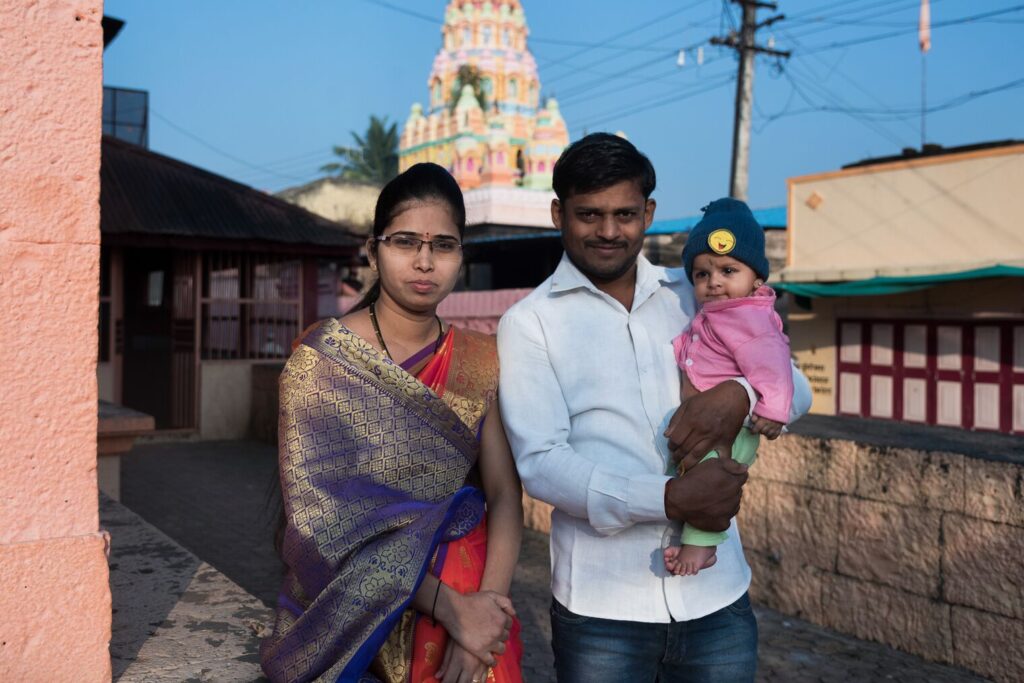
Refine and contextualize what agency means
Family planning initiatives have long stressed the role of agency in contributing to family planning decision-making and outcomes, but our understanding of agency remains limited. We often solely refer to an individual, as opposed to the whole family or ecosystem surrounding a woman.
In some settings, and specifically in India, agency can be viewed more broadly. First, we can examine the agency of couples as a unit. When couples live with other members of the family, it is the collective agency of the couple that can overcome family pressure. Second, the family as a unit also requires agency; when prevailing social norms do not encourage the acceptance of delayed childbearing, the agency of the household can shield its members from societal judgement.
Agency is a dynamic concept, and agency shifts over time. A newlywed 18-year-old might have little agency to voice her opinions to her husband just as a young 24-year-old man who is not fully independent from his family might have limited agency to ignore his family’s pressure. In this case, the couple have a shared lack of agency when the family wishes are strong. This also hinders communication between the woman and her partner.
Using a one-size-fits-all approach to agency can be detrimental to a project’s success. Program designers should define more clearly what agency means and how the specific context affects participants’ agency before introducing interventions.
With decades and billions spent on family planning, the time has come to reflect on our priorities. While the barriers to family planning have not changed, in many cases, the community is equipped with newer tools and methodologies to diagnose and design more targeted responses. As health professionals, the time has come to let our pigeons fly and make use of the technology at hand to bring newer perspectives to age-old challenges!
